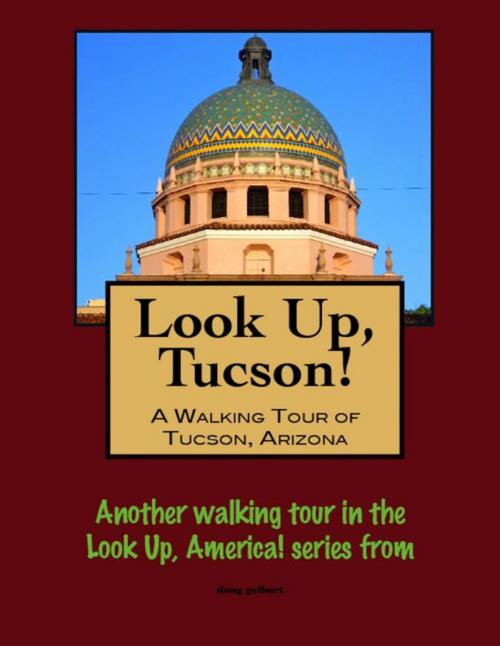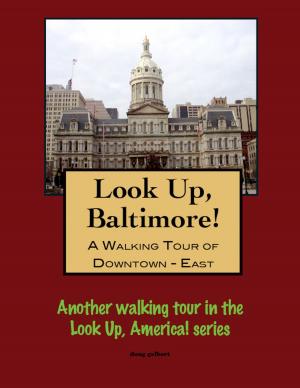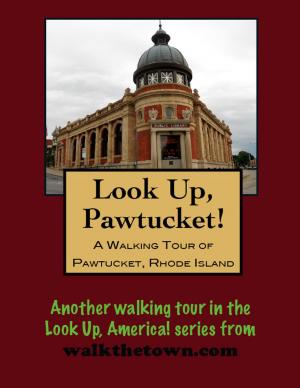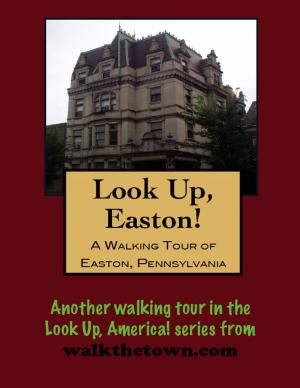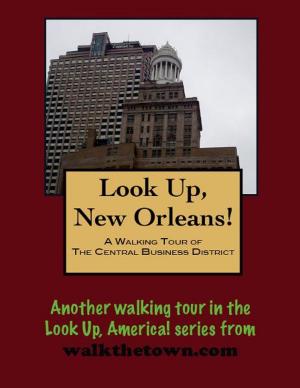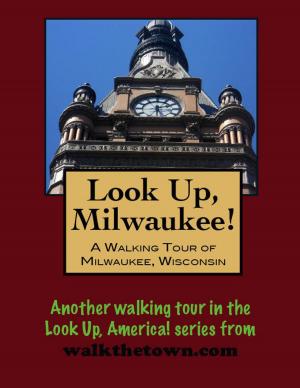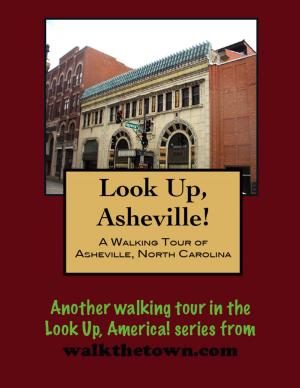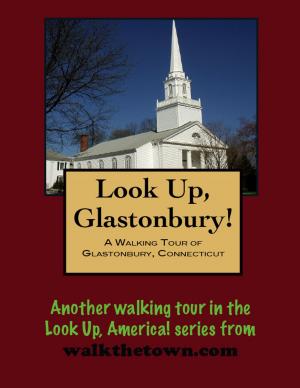Look Up, Tucson, Arizona! A Walking Tour of Tucson, Arizona
Nonfiction, Travel, Lodging & Restaurant Guides| Author: | Doug Gelbert | ISBN: | 9781301670802 |
| Publisher: | Doug Gelbert | Publication: | November 9, 2012 |
| Imprint: | Smashwords Edition | Language: | English |
| Author: | Doug Gelbert |
| ISBN: | 9781301670802 |
| Publisher: | Doug Gelbert |
| Publication: | November 9, 2012 |
| Imprint: | Smashwords Edition |
| Language: | English |
There is no better way to see America than on foot. And there is no better way to appreciate what you are looking at than with a walking tour. Whether you are preparing for a road trip or just out to look at your own town in a new way, a downloadable walking tour is ready to explore when you are.
Each walking tour describes historical and architectural landmarks and provides pictures to help out when those pesky street addresses are missing. Every tour also includes a quick primer on identifying architectural styles seen on American streets.
A company of Spanish conquistadors, led by a mercenary Irishman named Hugh O'Conor, built a small fort on a shelf of land overlooking the east side of the Santa Cruz River in 1775. For the first 100 years of its existence life in Tucson had a decidedly martial flavor under Spanish rule, under Mexican rule and under American rule. Even after the settlement moved outside the fortress walls there was fighting between Confederate troops and Union supporters during the Civil War and the threat of attacks from the Apaches was a real menace for decades. It wasn't until the 1880s and the arrival of the railroad that the military presence in Tucson receded into memory.
By 1900 Tucson's population had edged above 7,000 and it was the largest town in the Arizona Territory - a distribution center for livestock and crops and newly discovered minerals. When Arizona entered the Union in 1912 Tucson was the first city of the 48th state, although it would shortly be eclipsed by Phoenix.
The county seat of Pima County began gathering a national reputation as a health and winter resort, favored especially by "lungers," as visitors with respiratory ailments to the dry heat of the Sonoran Desert were known locally. While the population of Tucson grew steadily by 1950 you could still clamber atop the roof of a three-story building and have an unobstructed view of the entire city.
Spurred by suburban sprawl and federal funds for rebuilding American downtowns, Tucson became an enthusiastic player in urban renewal in the1960s. Even after preservationists woke up and recommended the saving of 75 buildings in 1969, 68 were torn down. Our walking tour of downtown Tucson will seek out those expressions of Southwest architecture that still remain and we will begin where the town began over 230 years ago, which has been rebuilt to look like it looked back then..
There is no better way to see America than on foot. And there is no better way to appreciate what you are looking at than with a walking tour. Whether you are preparing for a road trip or just out to look at your own town in a new way, a downloadable walking tour is ready to explore when you are.
Each walking tour describes historical and architectural landmarks and provides pictures to help out when those pesky street addresses are missing. Every tour also includes a quick primer on identifying architectural styles seen on American streets.
A company of Spanish conquistadors, led by a mercenary Irishman named Hugh O'Conor, built a small fort on a shelf of land overlooking the east side of the Santa Cruz River in 1775. For the first 100 years of its existence life in Tucson had a decidedly martial flavor under Spanish rule, under Mexican rule and under American rule. Even after the settlement moved outside the fortress walls there was fighting between Confederate troops and Union supporters during the Civil War and the threat of attacks from the Apaches was a real menace for decades. It wasn't until the 1880s and the arrival of the railroad that the military presence in Tucson receded into memory.
By 1900 Tucson's population had edged above 7,000 and it was the largest town in the Arizona Territory - a distribution center for livestock and crops and newly discovered minerals. When Arizona entered the Union in 1912 Tucson was the first city of the 48th state, although it would shortly be eclipsed by Phoenix.
The county seat of Pima County began gathering a national reputation as a health and winter resort, favored especially by "lungers," as visitors with respiratory ailments to the dry heat of the Sonoran Desert were known locally. While the population of Tucson grew steadily by 1950 you could still clamber atop the roof of a three-story building and have an unobstructed view of the entire city.
Spurred by suburban sprawl and federal funds for rebuilding American downtowns, Tucson became an enthusiastic player in urban renewal in the1960s. Even after preservationists woke up and recommended the saving of 75 buildings in 1969, 68 were torn down. Our walking tour of downtown Tucson will seek out those expressions of Southwest architecture that still remain and we will begin where the town began over 230 years ago, which has been rebuilt to look like it looked back then..
